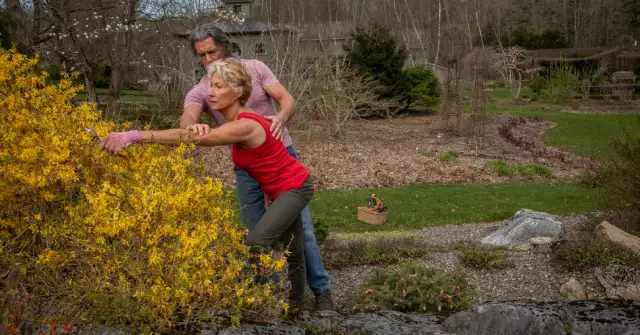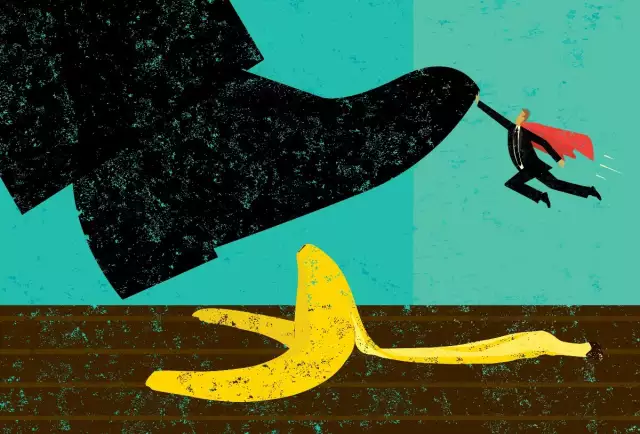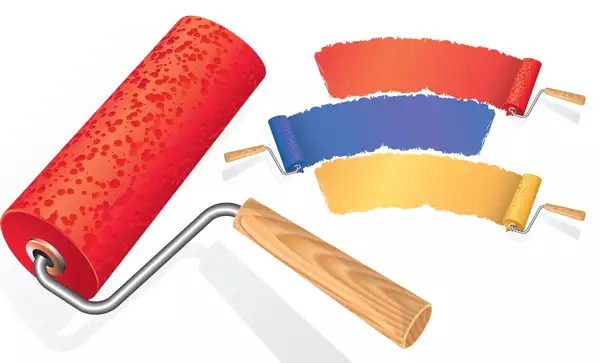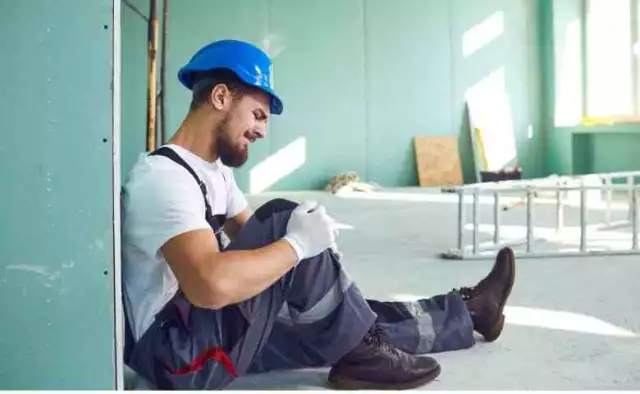Gardening Shouldn’t Be Painful. Here’s How to Avoid Common Injuries.
Gardening Shouldn’t Be Painful. Here’s How to Avoid Common Injuries.
If you want to garden smarter, you can invest in any number of tools — a telescoping pole pruner that extends your reach so you don’t have to strain quite as much, for example, or a kneeling pad with thicker cushioning. But the investment that really matters is in the most important tool of all: your body. And that requires forming new habits based on an awareness of how your body works when you’re gardening.
That’s the premise behind a new public television series called “GardenFit,” a fusion of garden tours and self-care consultations en plein air, all with a reality-show vibe. The offering: Come for the gardens, stay for the hope of relief from aches and pains exacerbated by all that bending and crouching, and those repetitive one-handed and one-sided tasks.
The show’s genesis goes back three years, to Madeline Hooper’s aching neck and shoulder. Despite the discomfort, Ms. Hooper, a retired public-relations executive and a longtime Hudson Valley gardener, was still outside several hours a day, doing what she loved. A friend suggested that she try a session with Jeff Hughes, who had helped him a couple of years earlier.
Mr. Hughes has worked as a personal trainer for 35 years, with businesses in Los Angeles, New York City and, since 2004, not far from Ms. Hooper. And their sessions together not only reduced her pain, but got her thinking: What they were doing would be useful to all of her gardener friends.
“It’s silly to go on assuming that you should be in pain from gardening,” she recalled thinking. “There’s no reason to be.”
And also: “We should share this with every person we know who gardens.”
She and Mr. Hughes eventually decided to try to do just that, although neither had ever created a television program. The resulting series, presented by the WNET Group and distributed nationally by American Public Television, will be shown in 19 of the country’s top 20 markets, on more than 300 affiliate stations.
The basic plot structure is simple: The pair travel to 14 gardens and small specialty farms around the country. Each visit begins with a tour of a notable site — among them, Matthew Larkin’s topiary collection at Black Barn Farm in the Berkshires of Massachusetts and Lauren Springer’s resilient garden in low-rainfall Fort Collins, Colo.
But Mr. Hughes isn’t just enjoying the scenery. He’s watching the gardener at least as closely, with an ulterior motive.
“When it comes time to sit down with them later in the day,” he said, “I’ve already got a pretty good idea of how they carry their body and what tasks they’re doing.”
Power in the Mind, and the Hips
Mr. Hughes’s approach puts a cognitive slant on conventional training. He helps clients adopt new habits to replace those that are not serving them, adhering to the philosophy that if you “train the mind, the body will follow.”
Your body starts to do things incorrectly because it’s easier, Ms. Hooper said: “But then when you get the fixes, it feels so much better, because forming a new habit is welcoming to your body. I feel totally in charge of my body when I garden now — which is totally different.”
Mr. Hughes is quick to note that he’s not performing some kind of medical intervention. “I’m just examining the cause of the problem,” he said with a laugh. “And we stop causing it.”
His biggest takeaway from decades of coaching, he said, is a pragmatic one: “If I can give somebody something they will do, they will do it. If you give somebody something that will fix them but that they won’t do, it’s not a very good fix.”
It takes about four weeks for the new habit to start to sink in, so they check in with each gardener a month later.
One painfully familiar example of a habit that needed changing came from Elaine Burden’s Middleburg, Va., garden. Besides working in her extensive, English-inspired garden with its 15-foot-deep mixed borders and parterre framed by 144 boxwoods, Ms. Burden plays tennis and golf. Like raking and digging, those are very one-sided activities.
Being right-handed had her constantly twisting to the left, which made her body unbalanced. Mr. Hughes suggested some stretches to the right, and also that she consciously try to use her left hand whenever possible: to pick up a golf ball, or to twist to the right and weed with her left hand. She also practiced raking left-handed, to relieve the repetitive strain that was causing nerve issues down one leg.
It worked.
The Home-Base Position: The Armchair
Several other foundational tips address the complaints that Mr. Hughes saw most frequently while they were filming “GardenFit,” and might help the rest of us, as well.
To each gardener, for instance, he stressed the hips’ key role: “They are power central to everything,” he said. “They’re where your power should come from by using them properly — not your knees and not your low back.”
One refrain was common to virtually every gardener they visited, Ms. Hooper said: “Everyone wanted to know how to get up and down, as we do all day when gardening, without stressing their body and without hurting their knees.”
To the rescue: the armchair. Everyday tasks like weeding, picking up tools or digging with a trowel can be done from this position without straining your lower back. And it’s the place to stop off on your way to crouching or kneeling, or when you’re coming back up.
“Stopping off at the armchair is kind of a home base for everything else,” Mr. Hughes said. “The ground — not your back — is holding up your body, as long as there is one arm on one leg.”
How it works: Spread your feet to just slightly past hip width. Then start by squatting down, keeping your knees from jutting forward beyond your toes. Rest your forearms on your legs, which relieves the lower back from the supporting role. If you do it right, you should feel in balance, Mr. Hughes said.
As you begin to work, remember to keep one elbow on one thigh, an insight that resonated with gardeners like Robert Levine in Roxbury, Conn., whose Japanese-style landscape requires lots of detail work, especially weeding by hand.
Putting a Spin on Things
To get the rest of the way to the ground from the armchair, or back up without stressing your knees or lower back, add a spin to the move: Start from the armchair, and if you need to spin to the left, drop your right knee. As you do that, you’ll be turning, not dropping straight down.
“It provides a soft touchdown, because you’re always balanced and in control,” Mr. Hughes said.
To come back up off the ground, turn and spin back to the armchair en route. “Once I’m on the ground, I never stand straight up without twisting myself back to the armchair,” Ms. Hooper said.
Another stressor is holding a tool — a hedge clipper, for instance — out in front of you and then trying to do all the work with your arms. We need to “teach our back muscles to jump into the game,” Mr. Hughes said, specifically the ones that pull the shoulder blades downward. Imagine you are sliding them down into your back trouser pockets.
He calls this balancing act between your arms and your back muscles the seesaw. “Just being aware of them and making a habit of using them makes them as strong as they need to be,” he said.
If It’s a Heavy Lift …
The home base of the armchair comes into play again when it is time to lift that large pot or bag of potting soil — a move that can play havoc with your back if it’s done wrong.
“Just make it part of your body,” Mr. Hughes said. “Don’t hold it out in front of you.”
And then there is his prescription for something we all suffer from: overdoing it. Think of your to-do list as the choice of rides at a county fair, he said, and don’t spend the whole day on one ride: “Go around from one ride to the next. Do one task for 30 minutes or so, then stop. Do another for the same period, and whether you are done or not, stop and do something else.”
Eventually, you can have another go at that first task, but by rotating, he said, “you didn’t push anything to the point where it wears out.”
Once, Ms. Hooper might have resisted this advice, she said, but now the county fair is her favored approach.
“This one is a real mental habit,” Mr. Hughes said. “Once you’ve done it a few times, your brain will say, ‘Hey, I have a great idea — let’s county-fair it today.’”
It has been months since they finished filming, but Ms. Hooper is still receiving follow-up calls from guests, with progress reports on how much better they feel since integrating their new habits. And not just in the garden, either.
“Now a lot of them are using their bodies that way when they clean the house or do anything else,” she said. “They really get it.”
Margaret Roach is the creator of the website and podcast A Way to Garden, and a book of the same name.
For weekly email updates on residential real estate news, sign up here. Follow us on Twitter: @nytrealestate.







